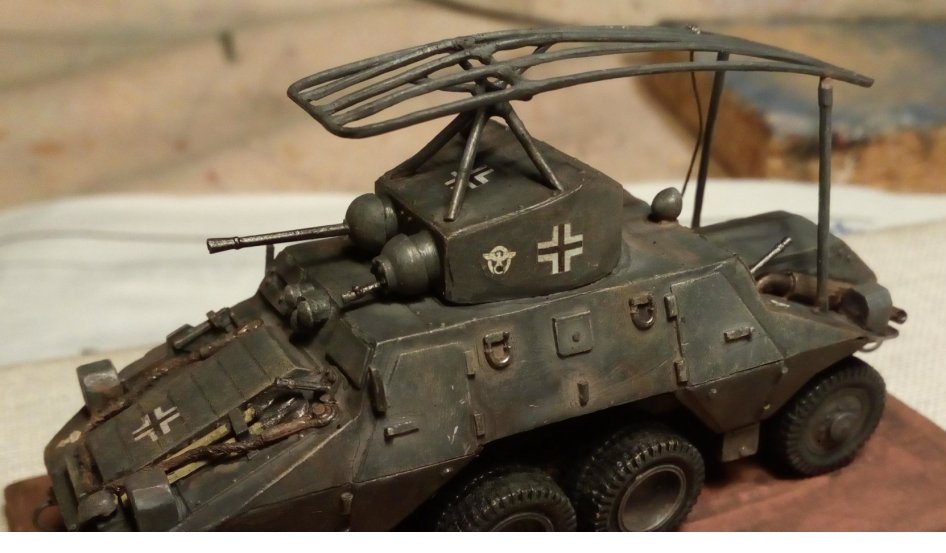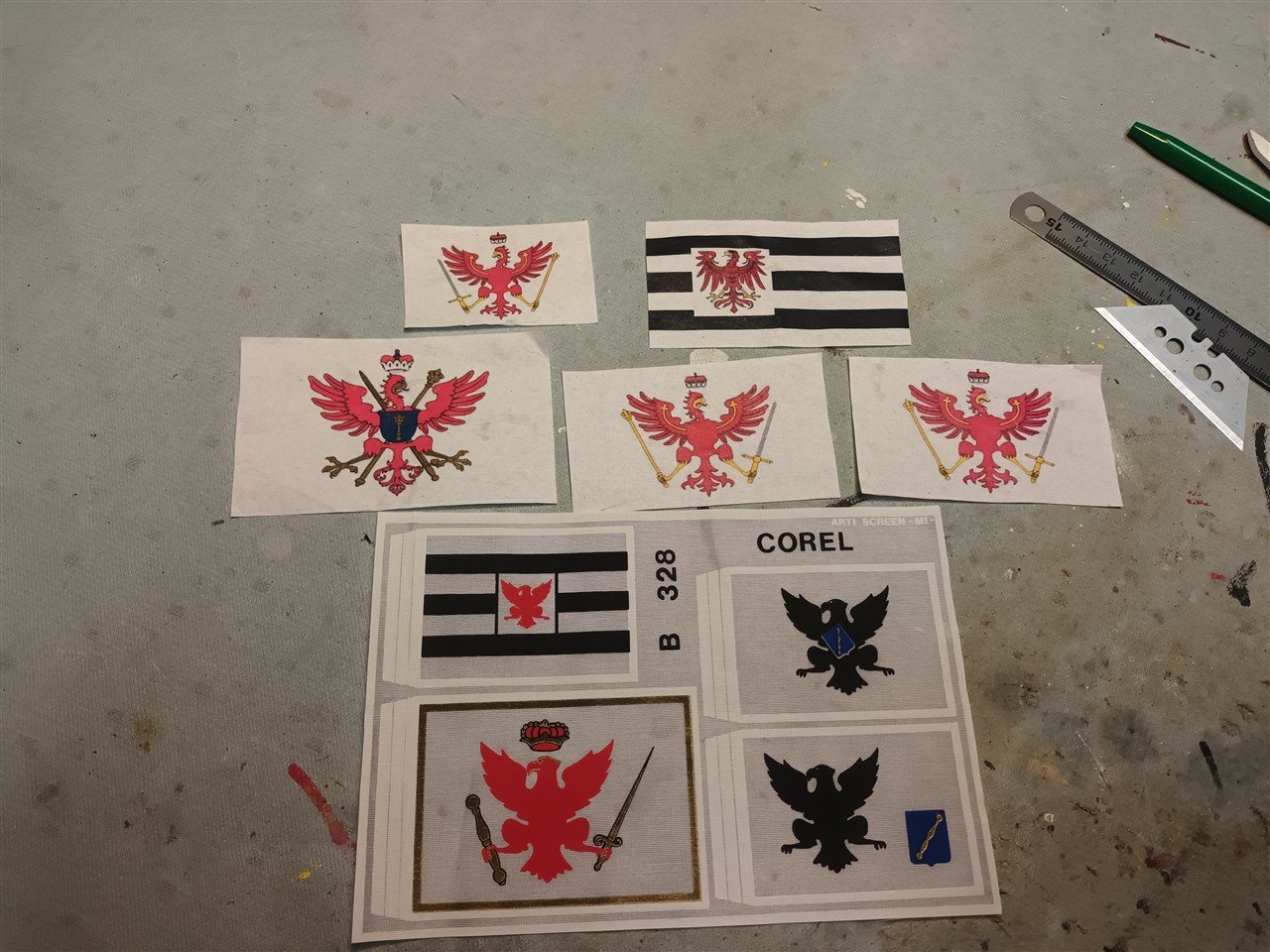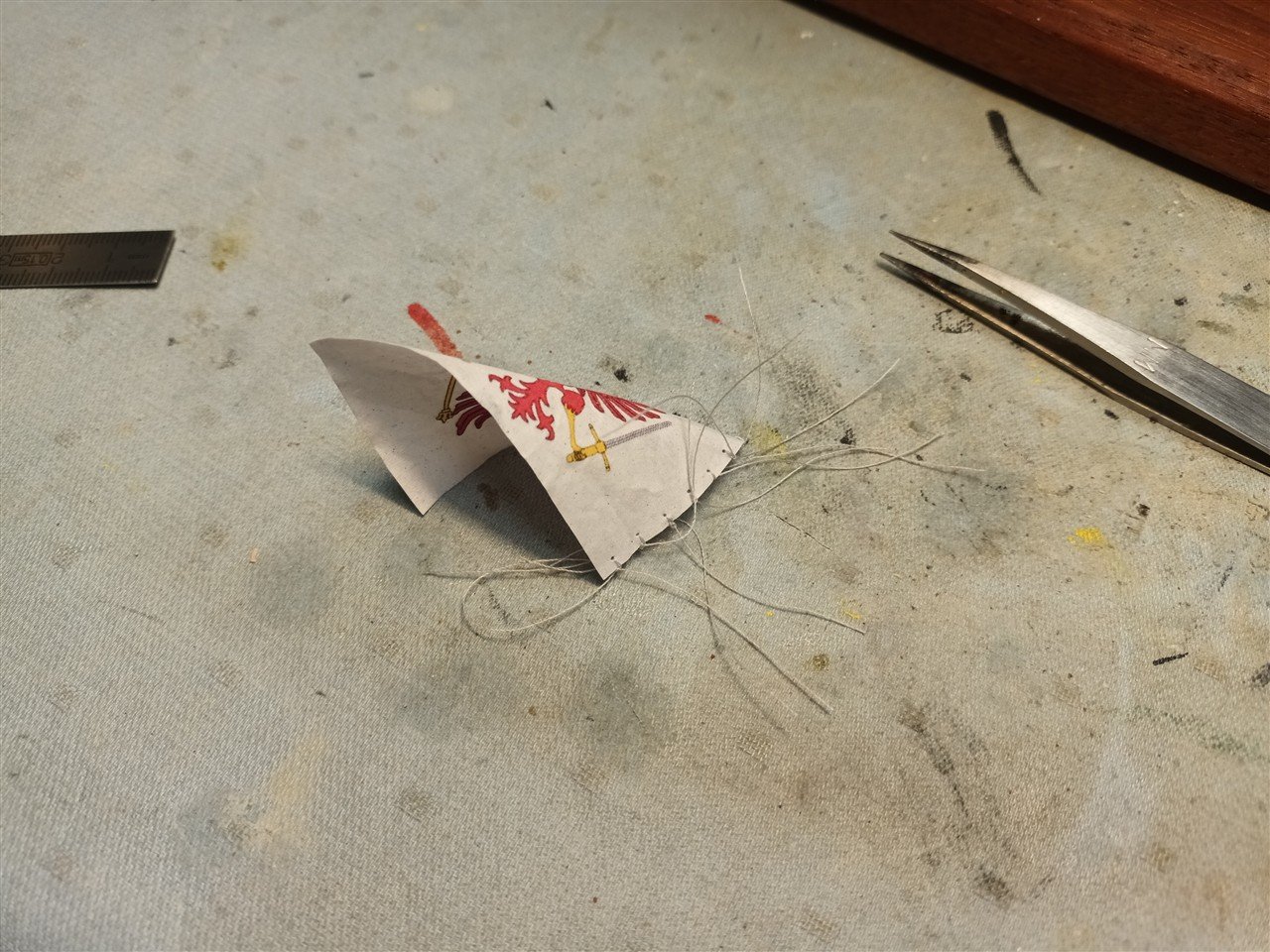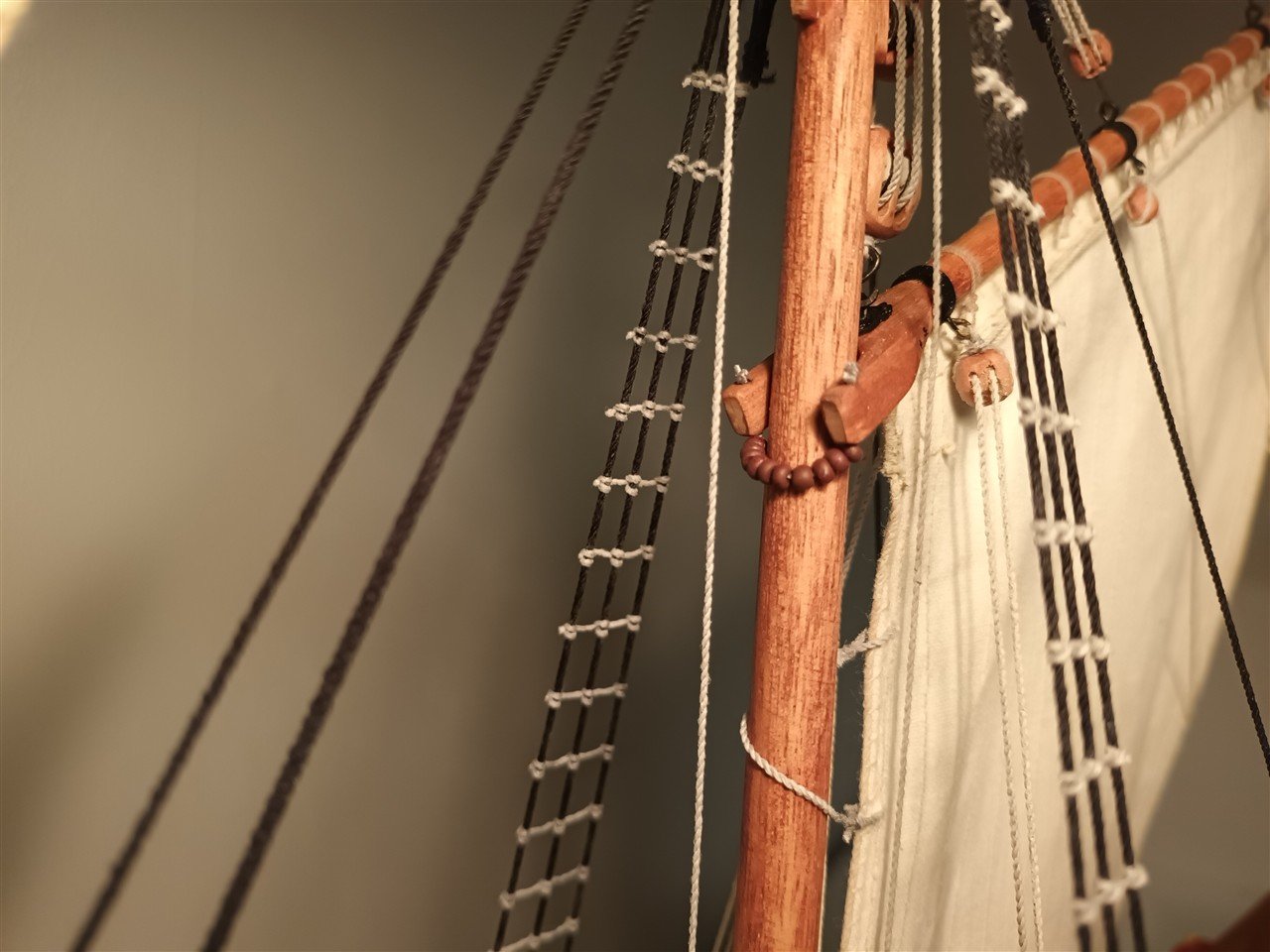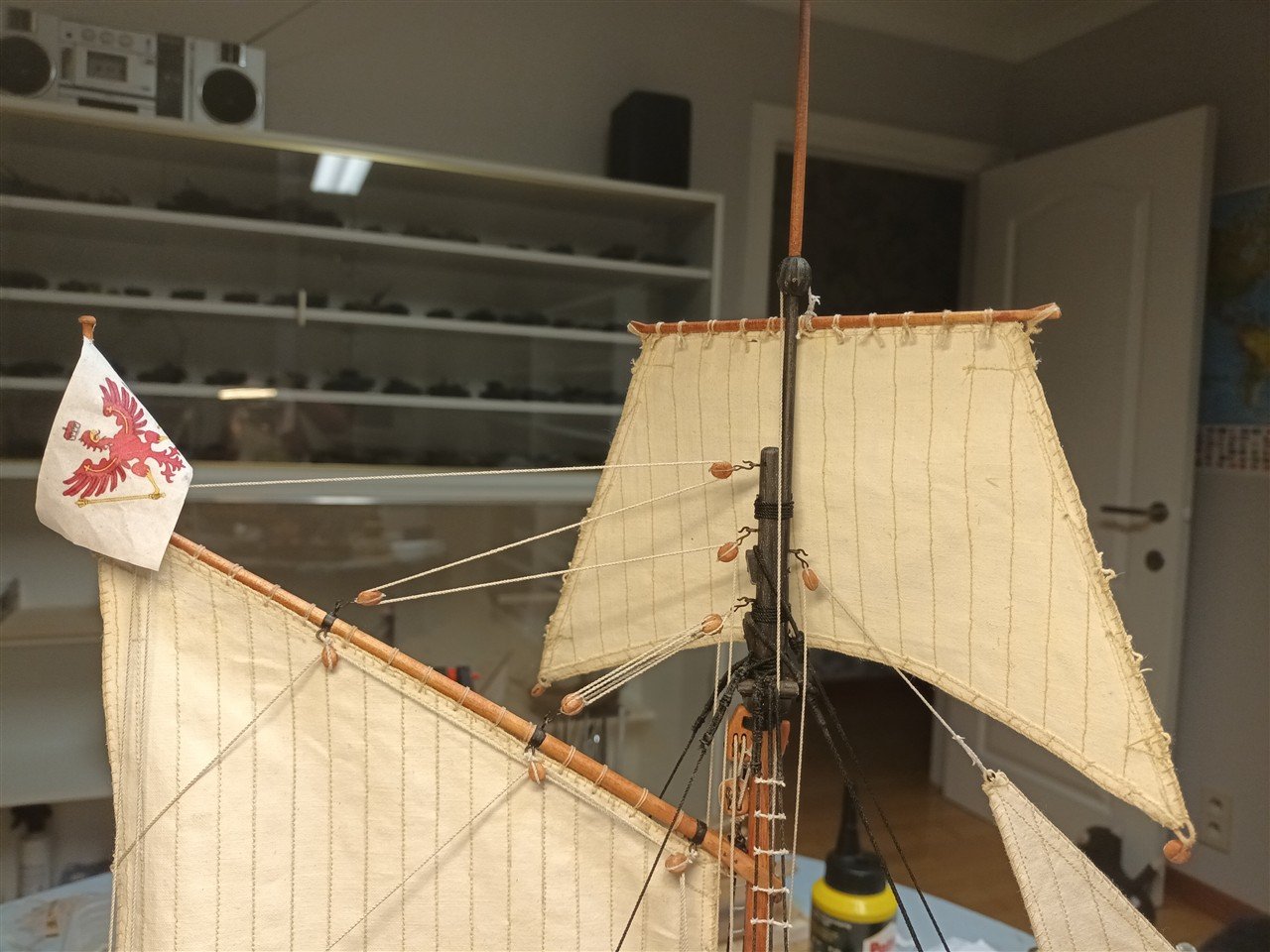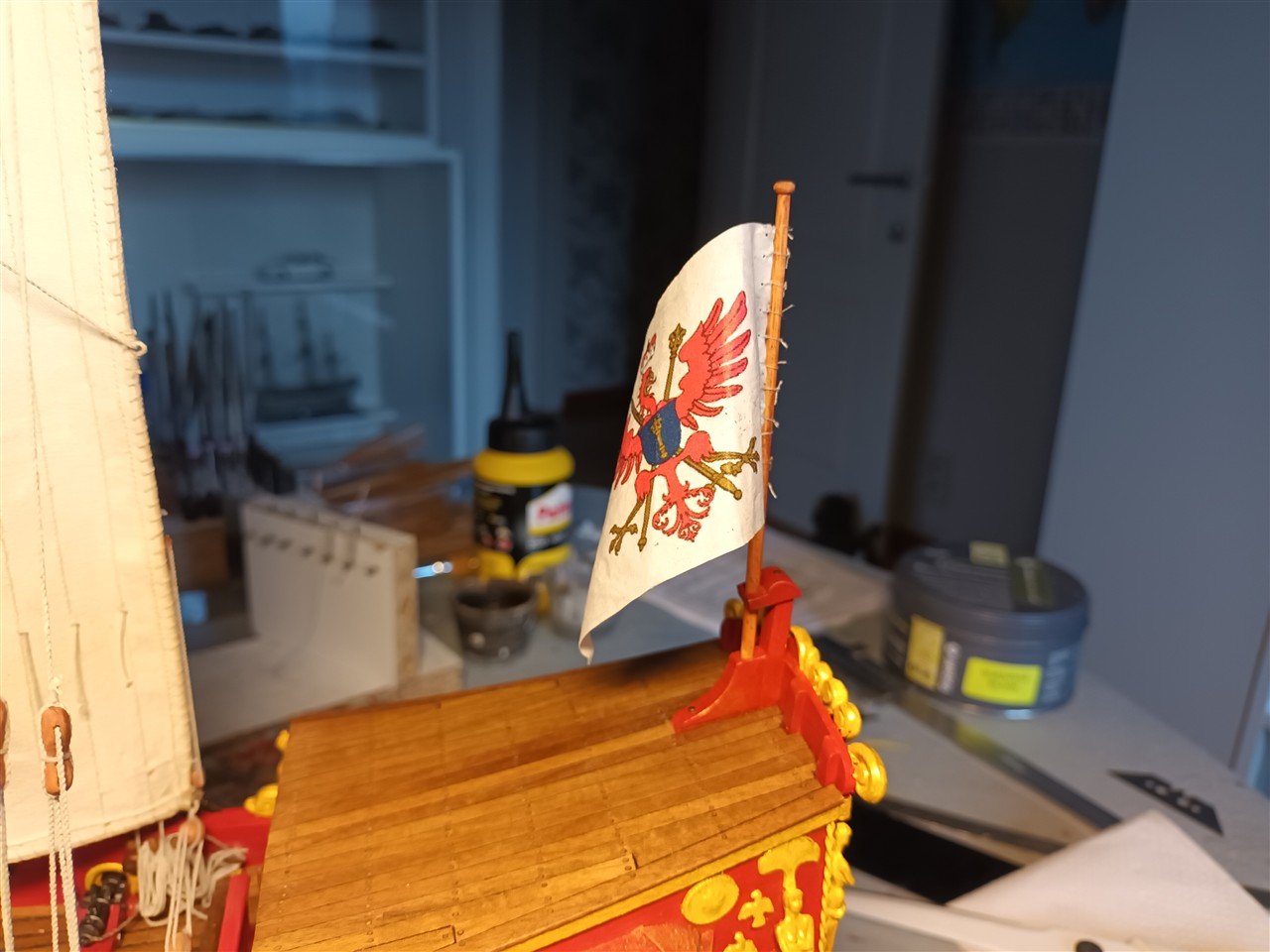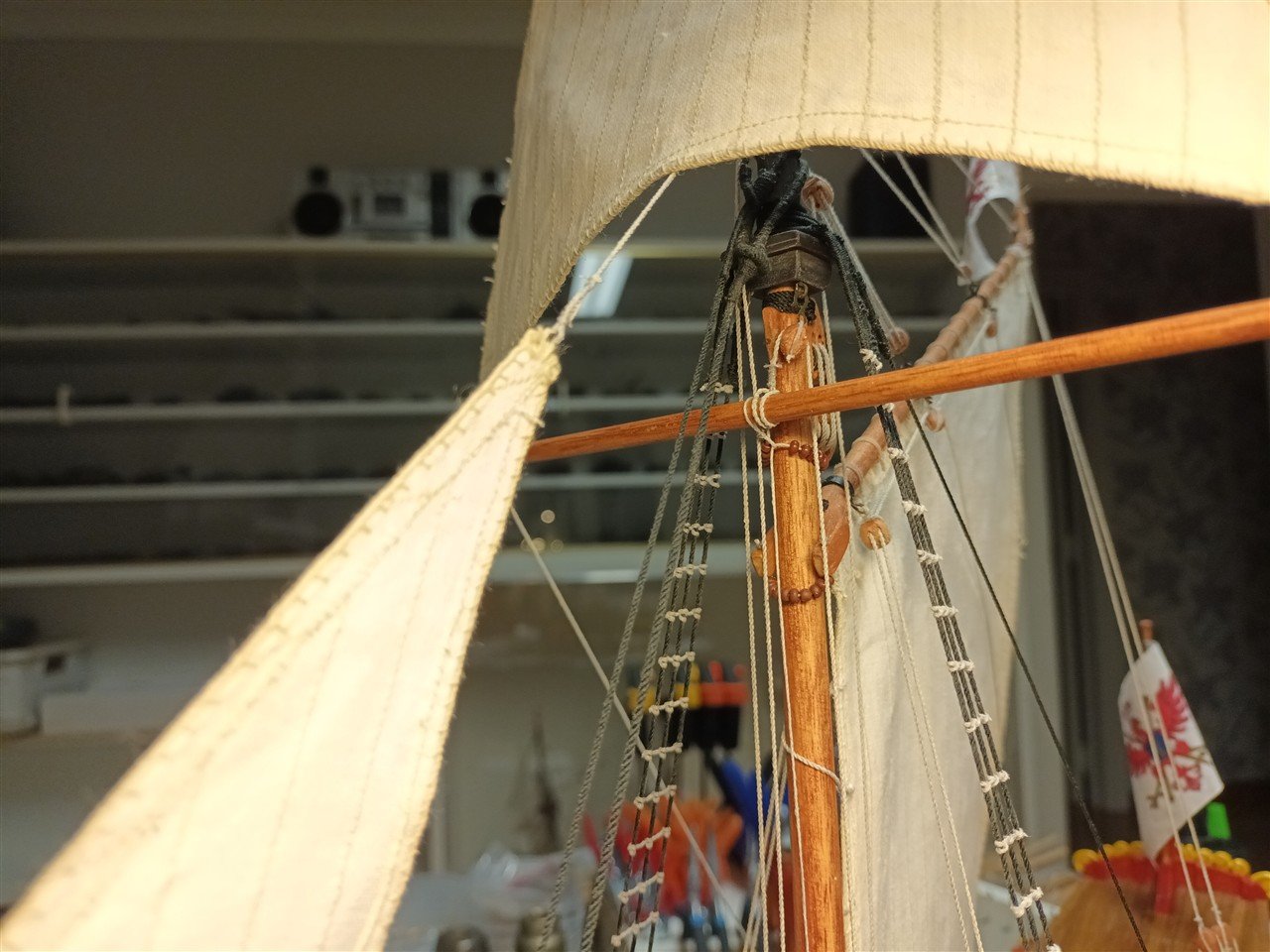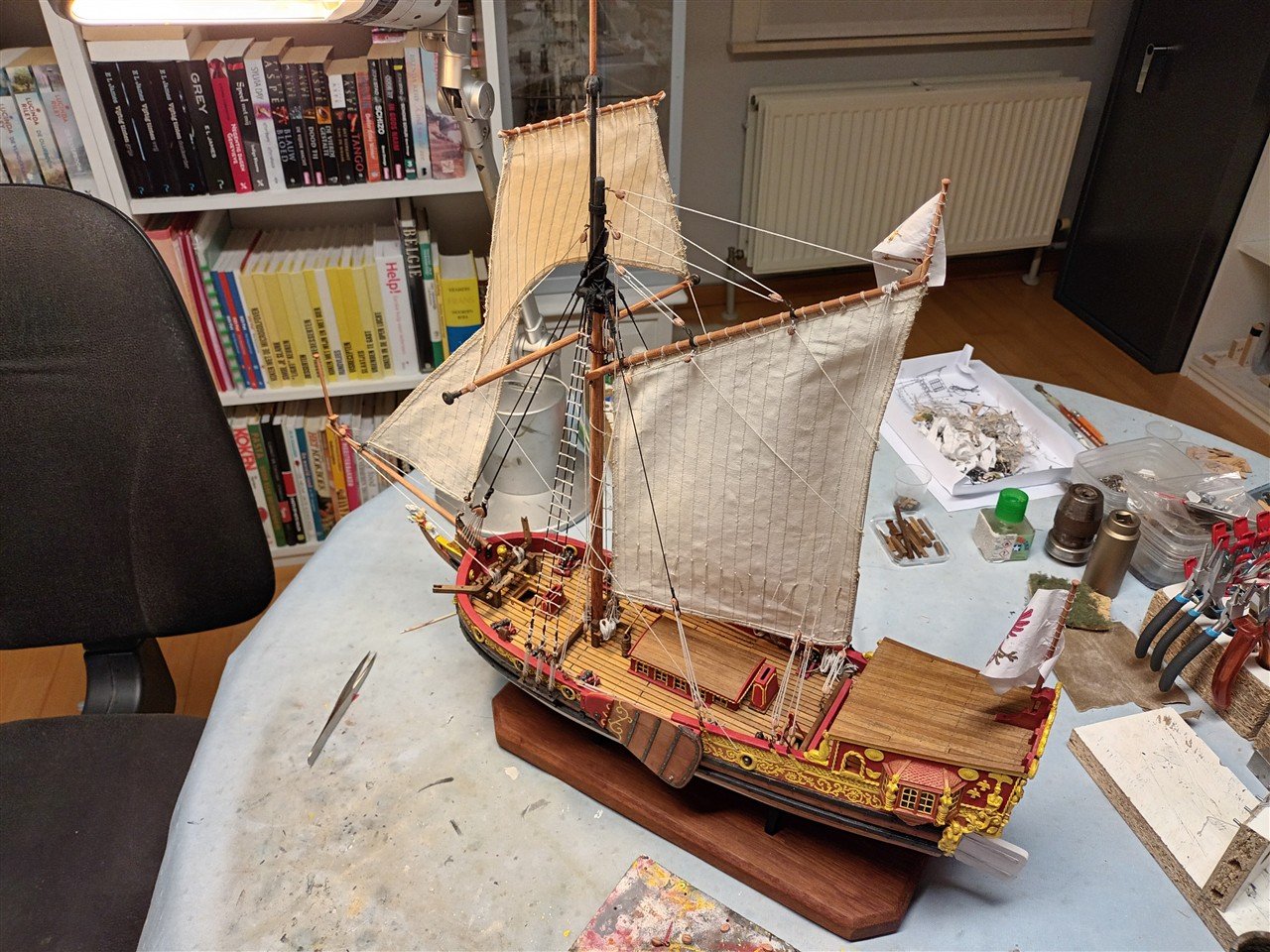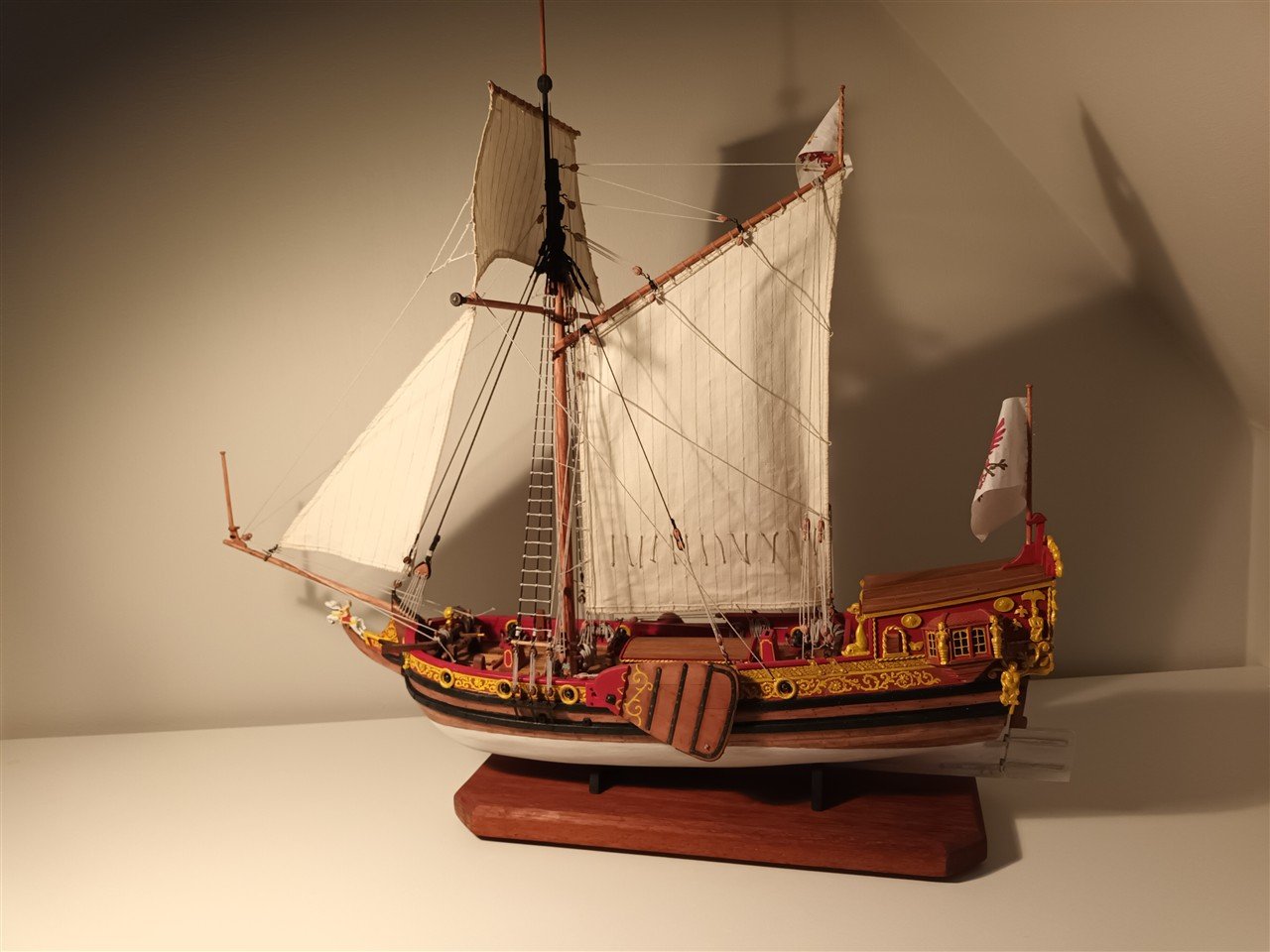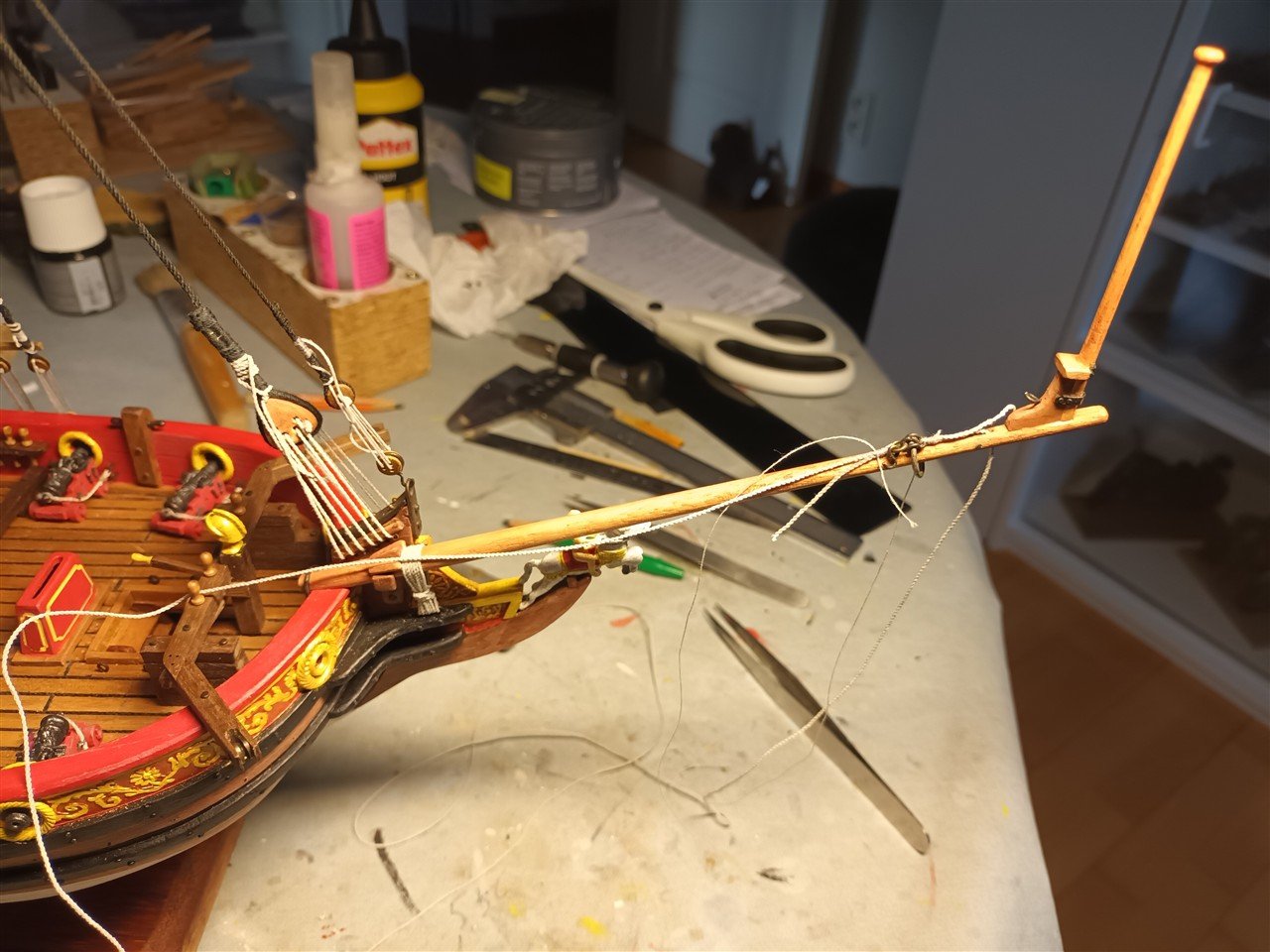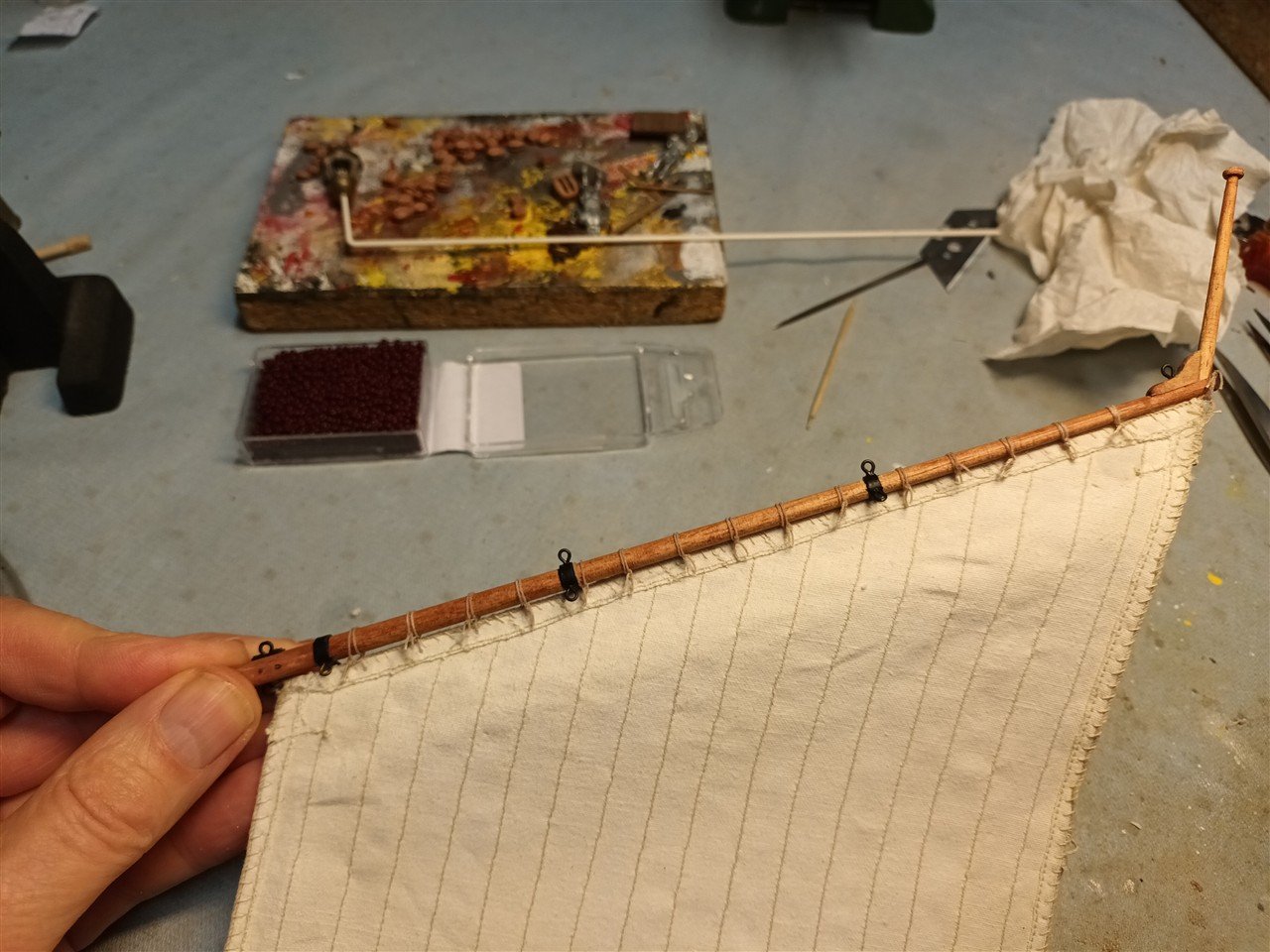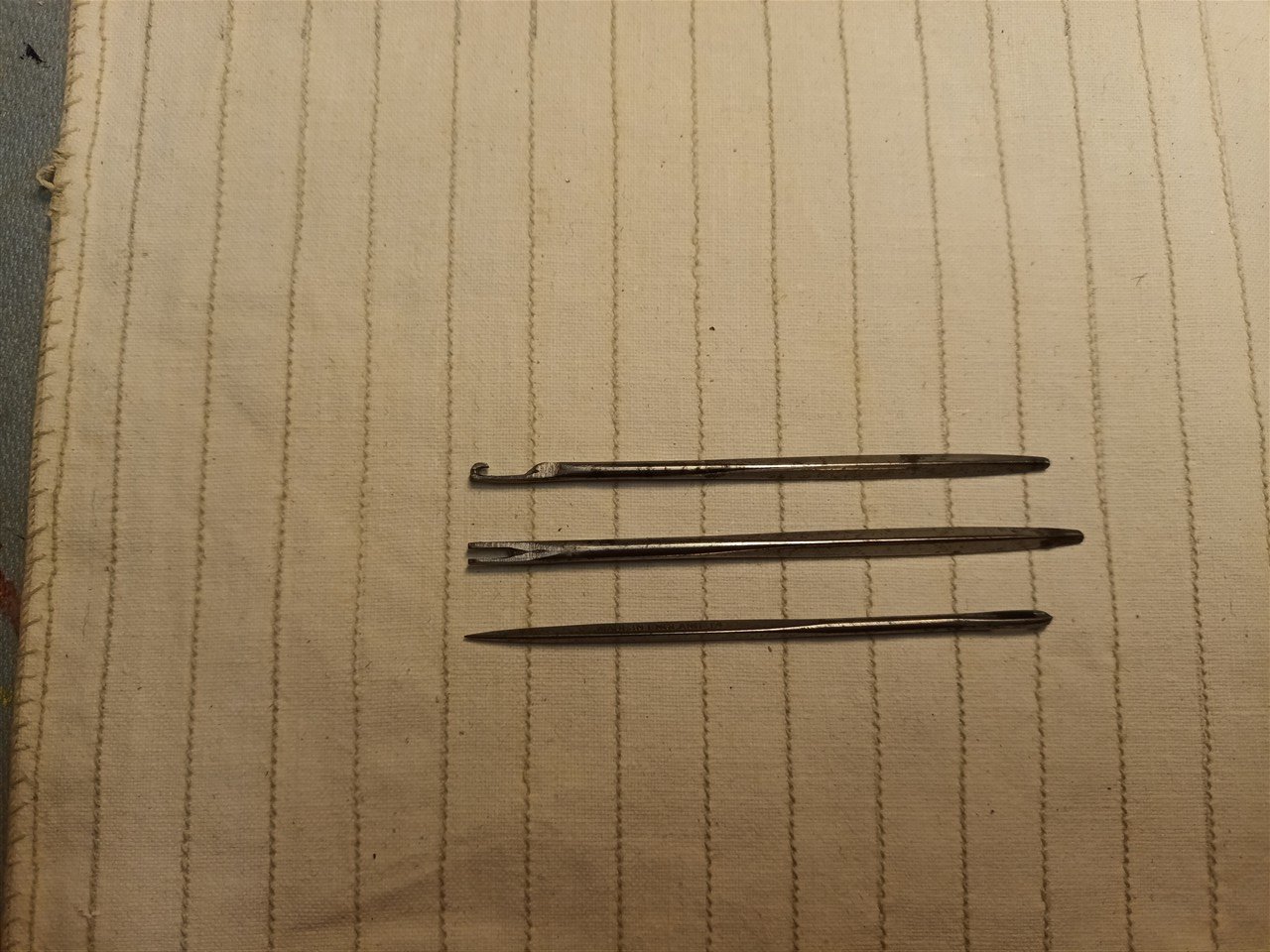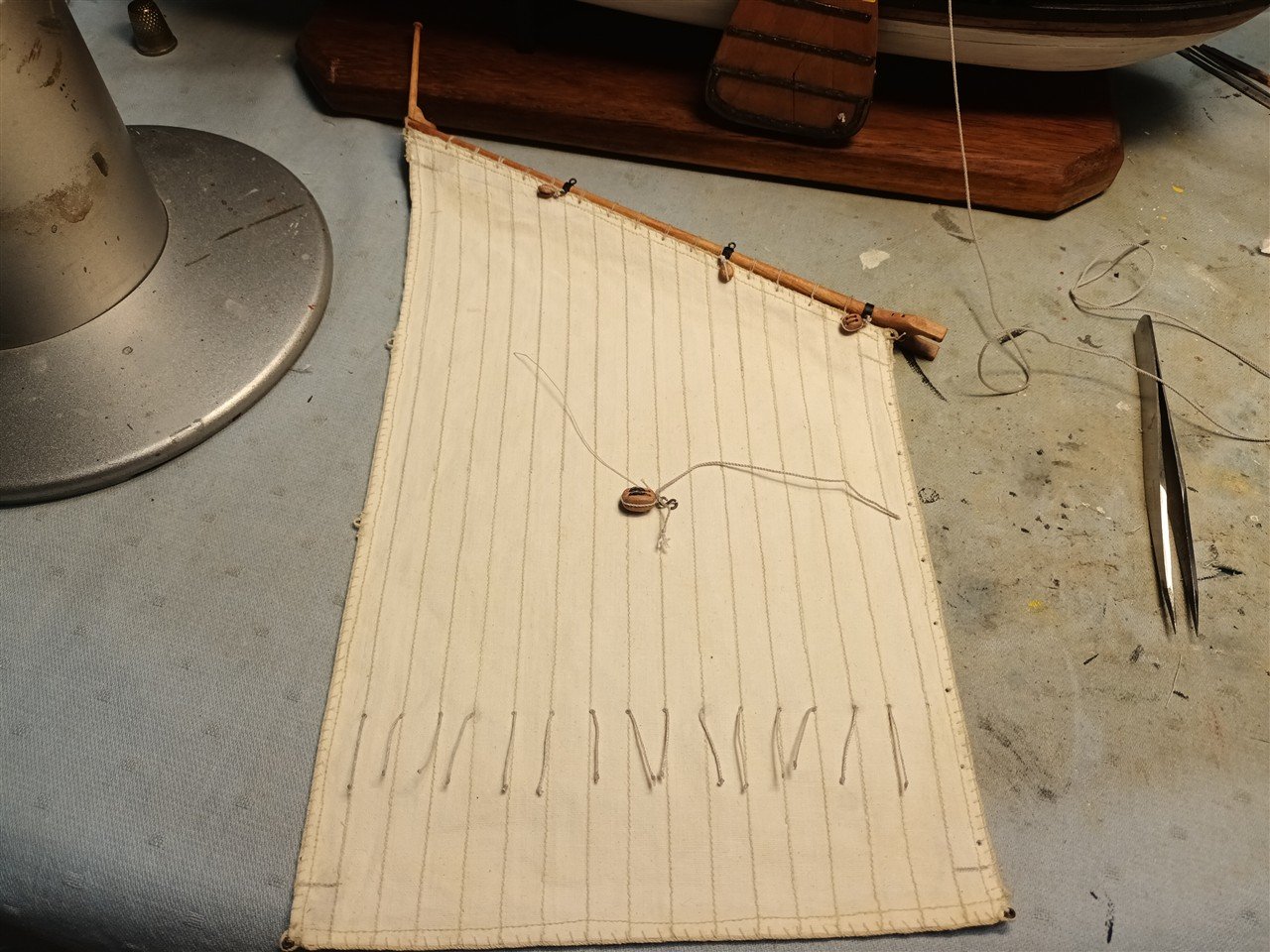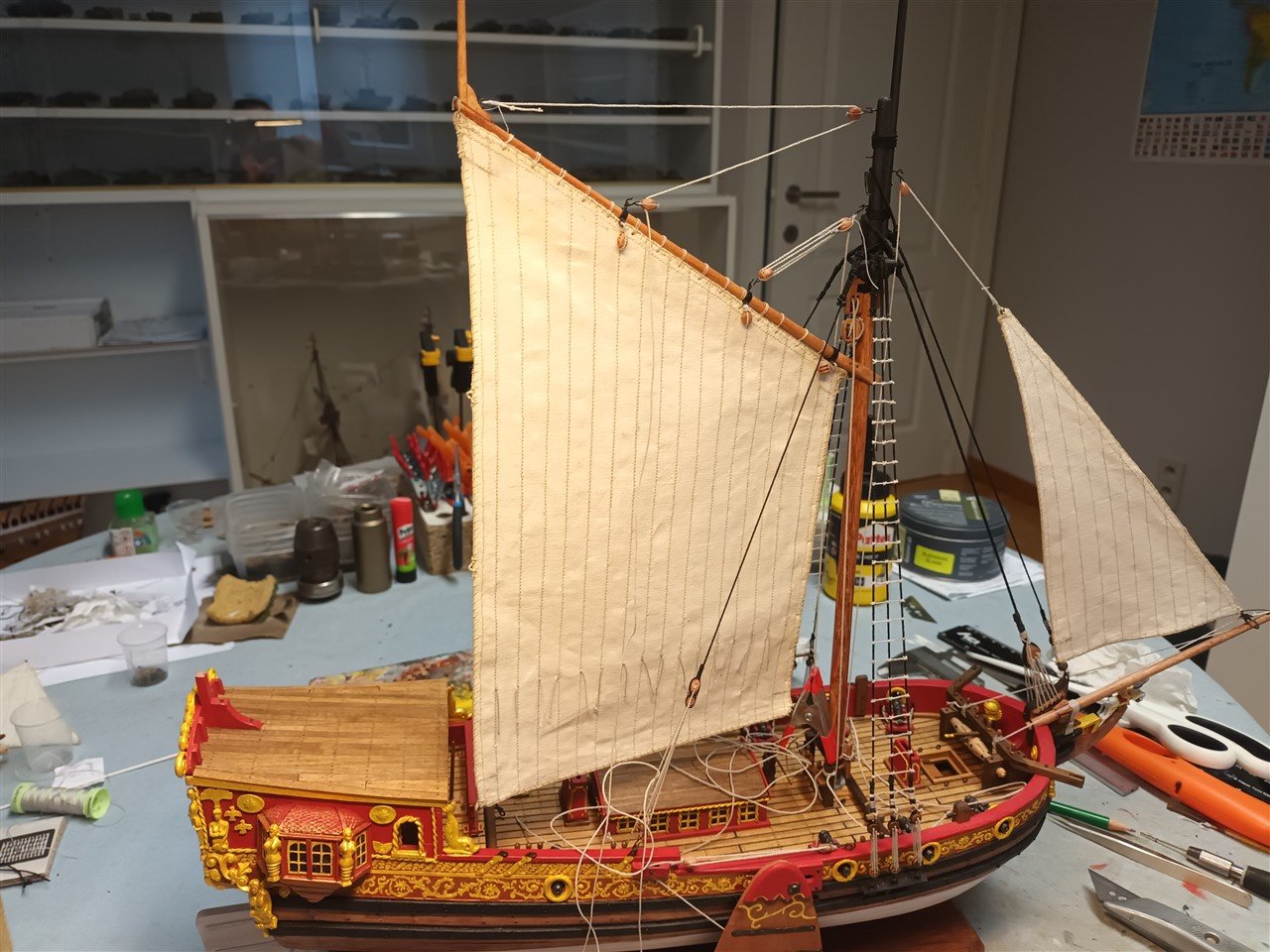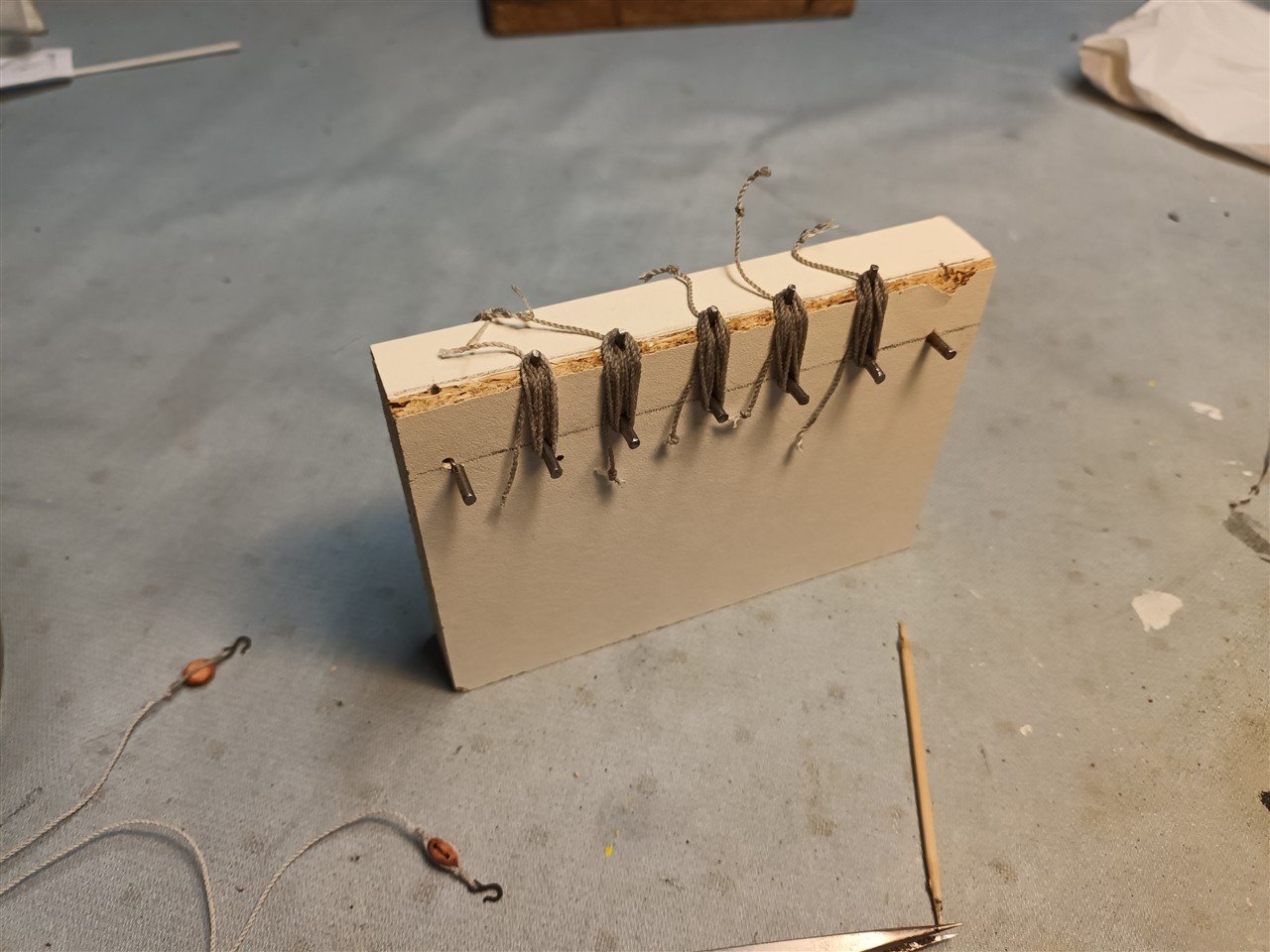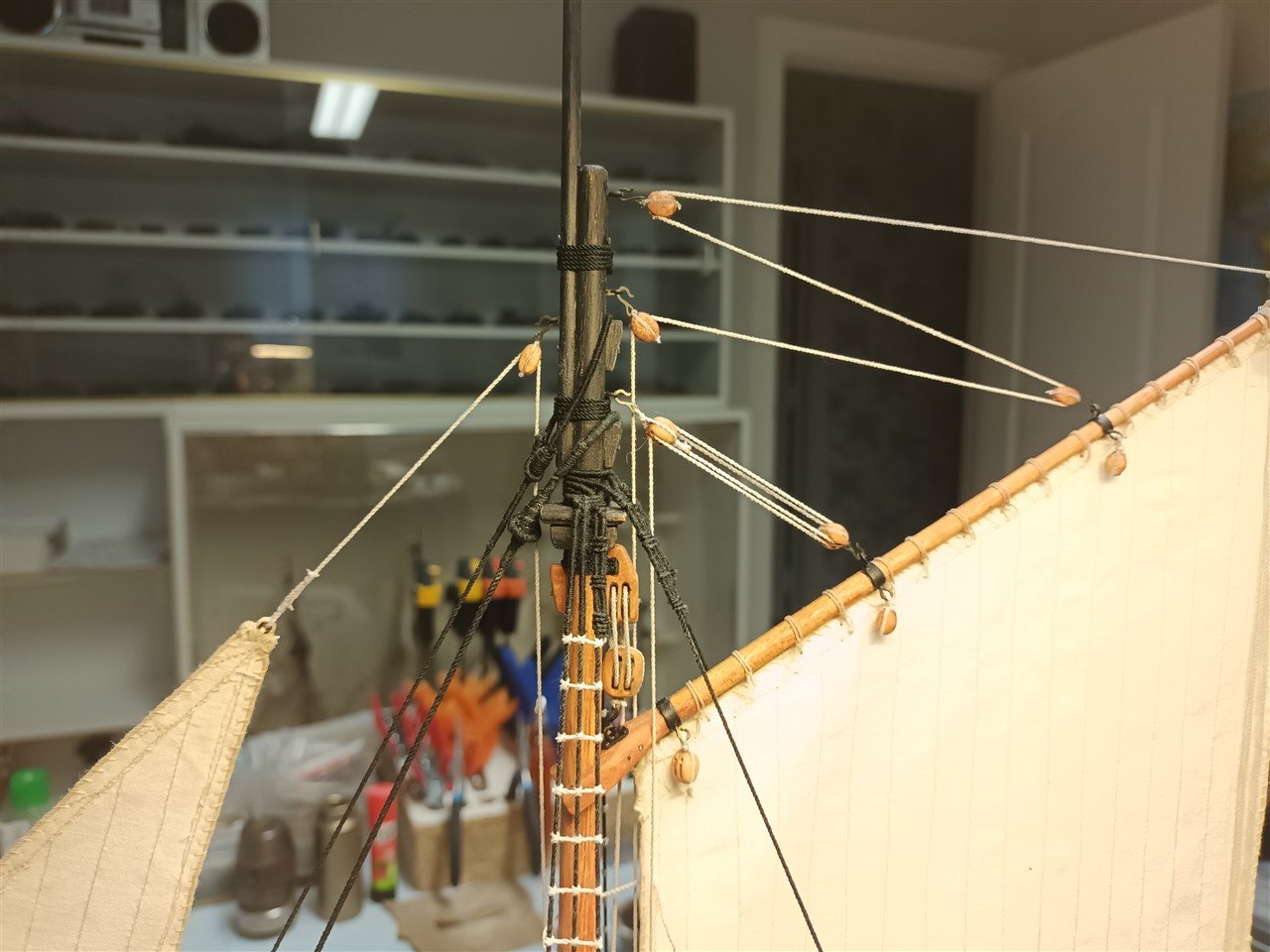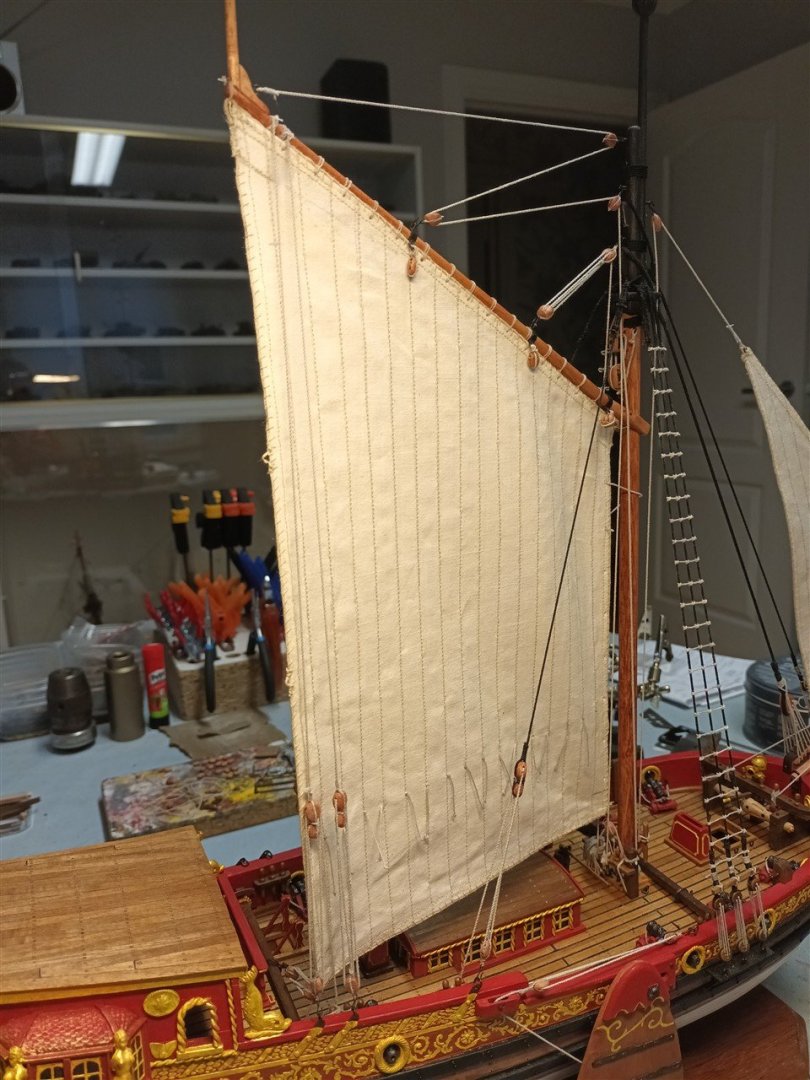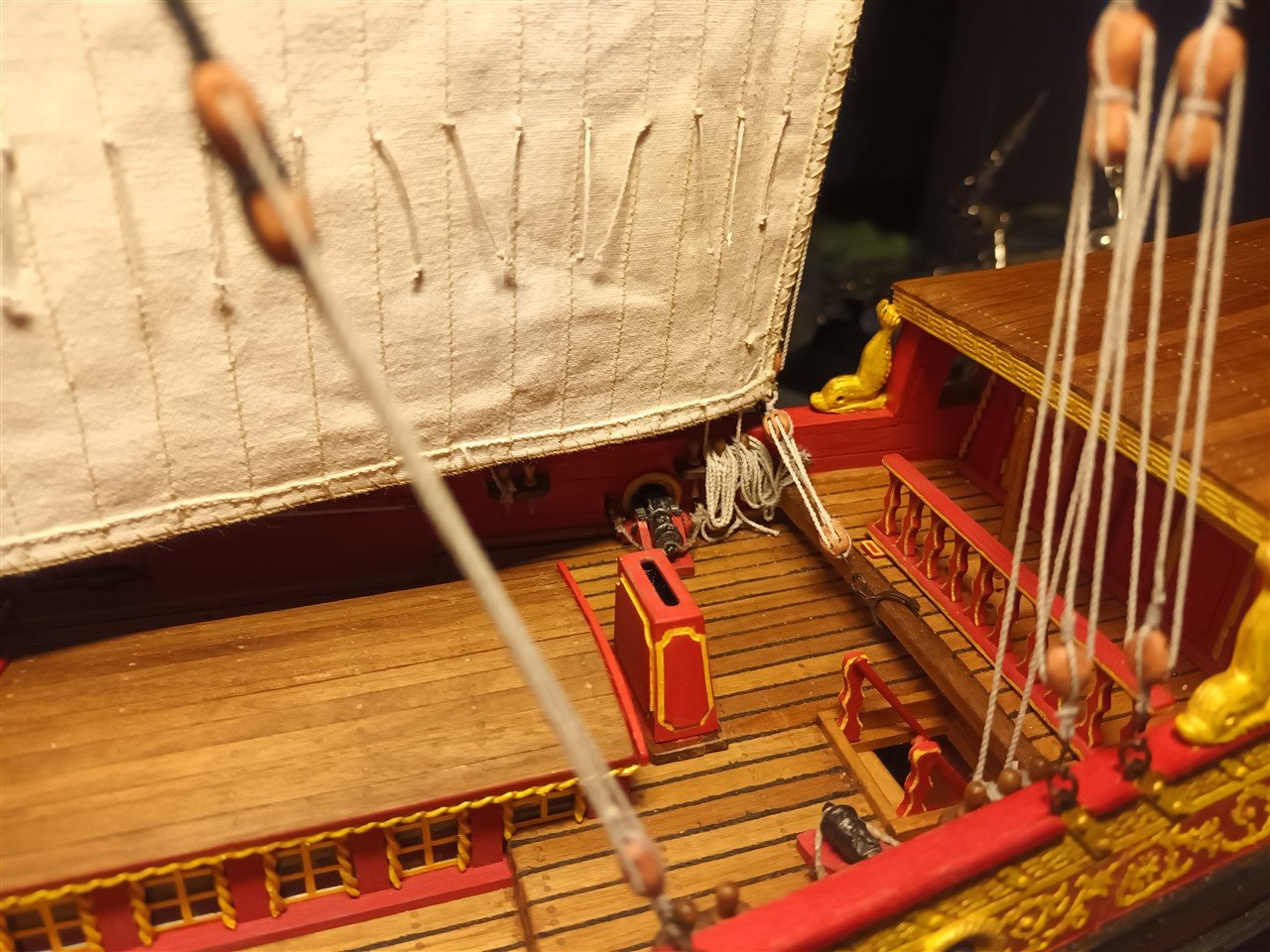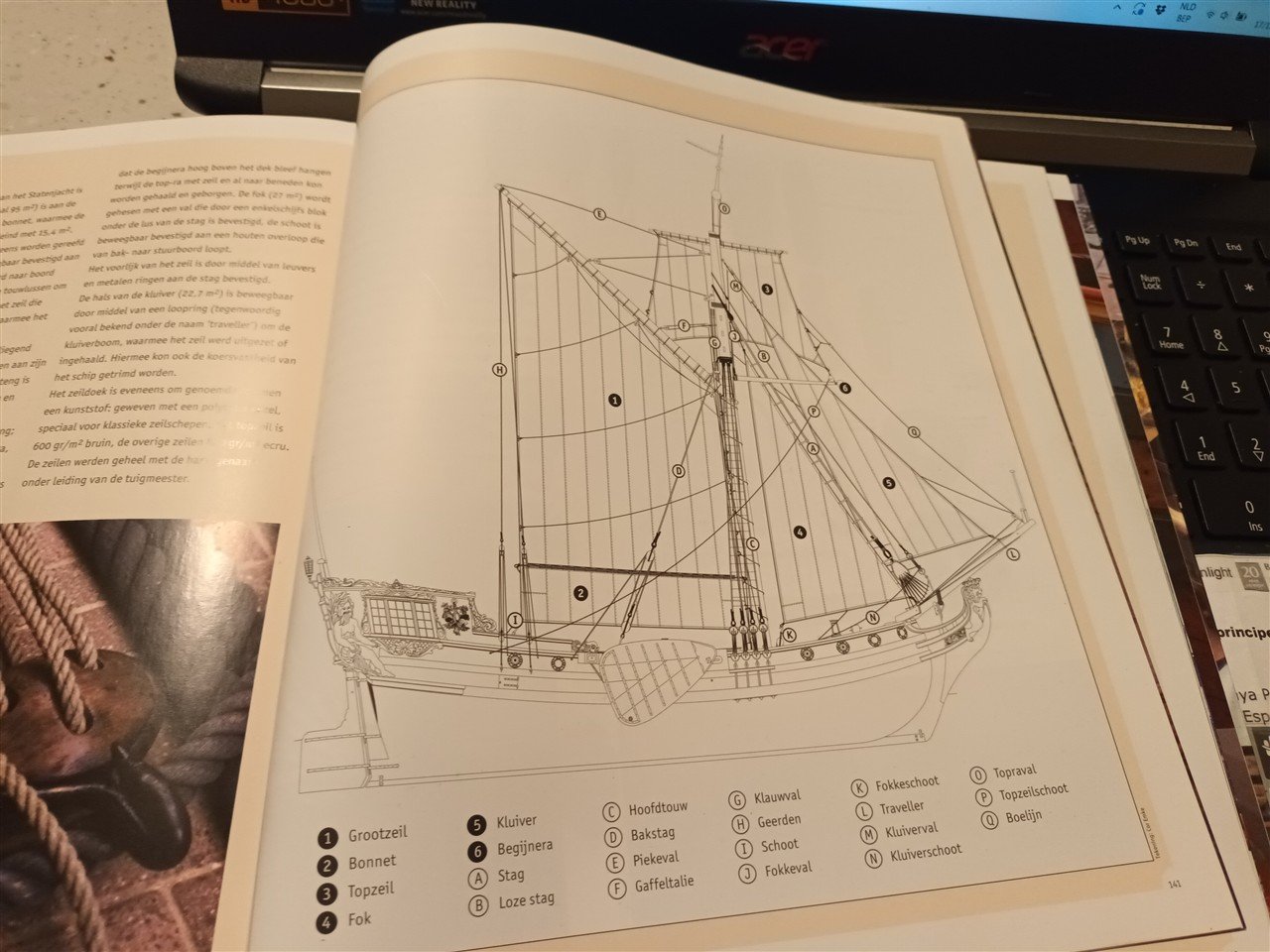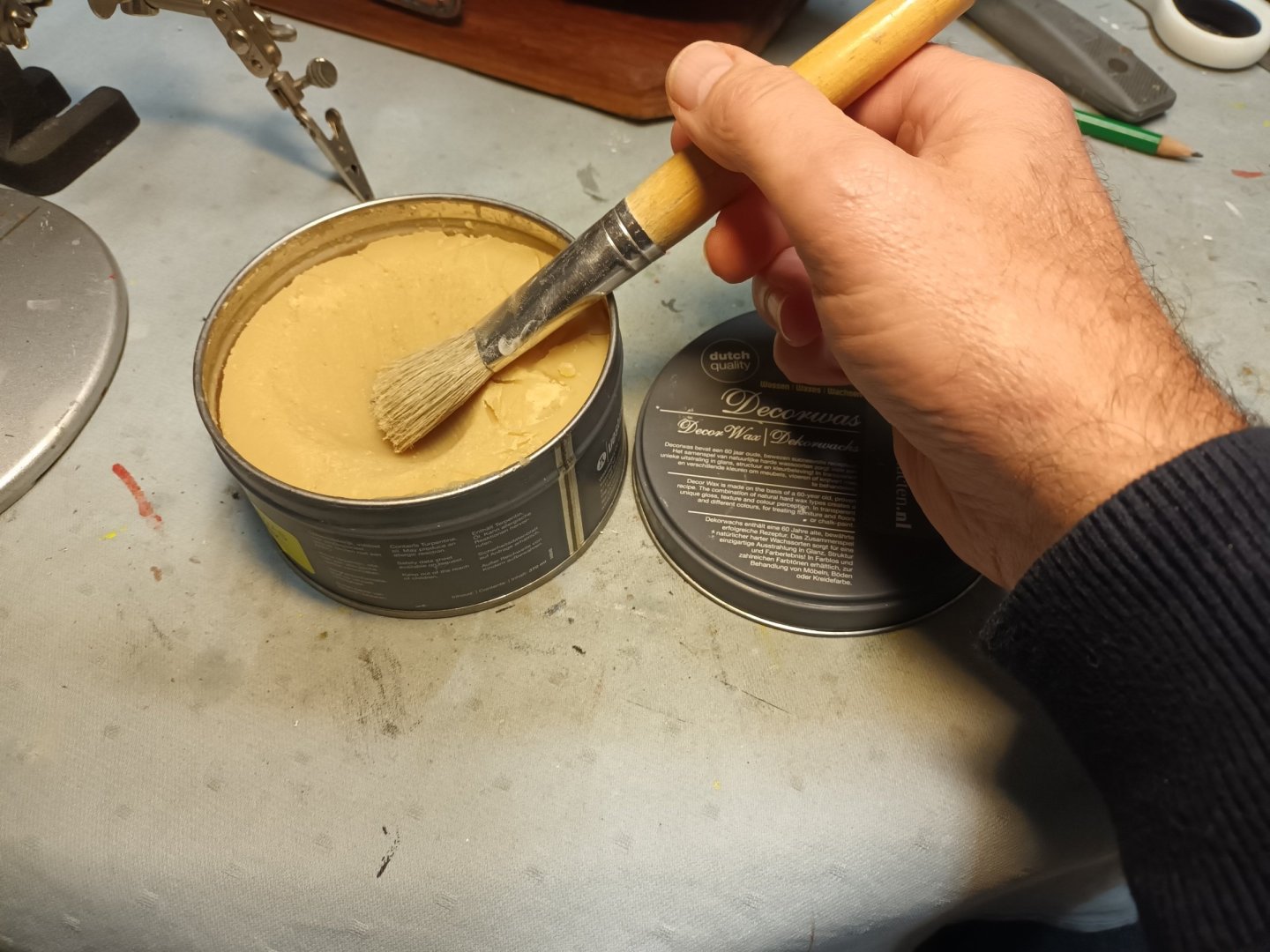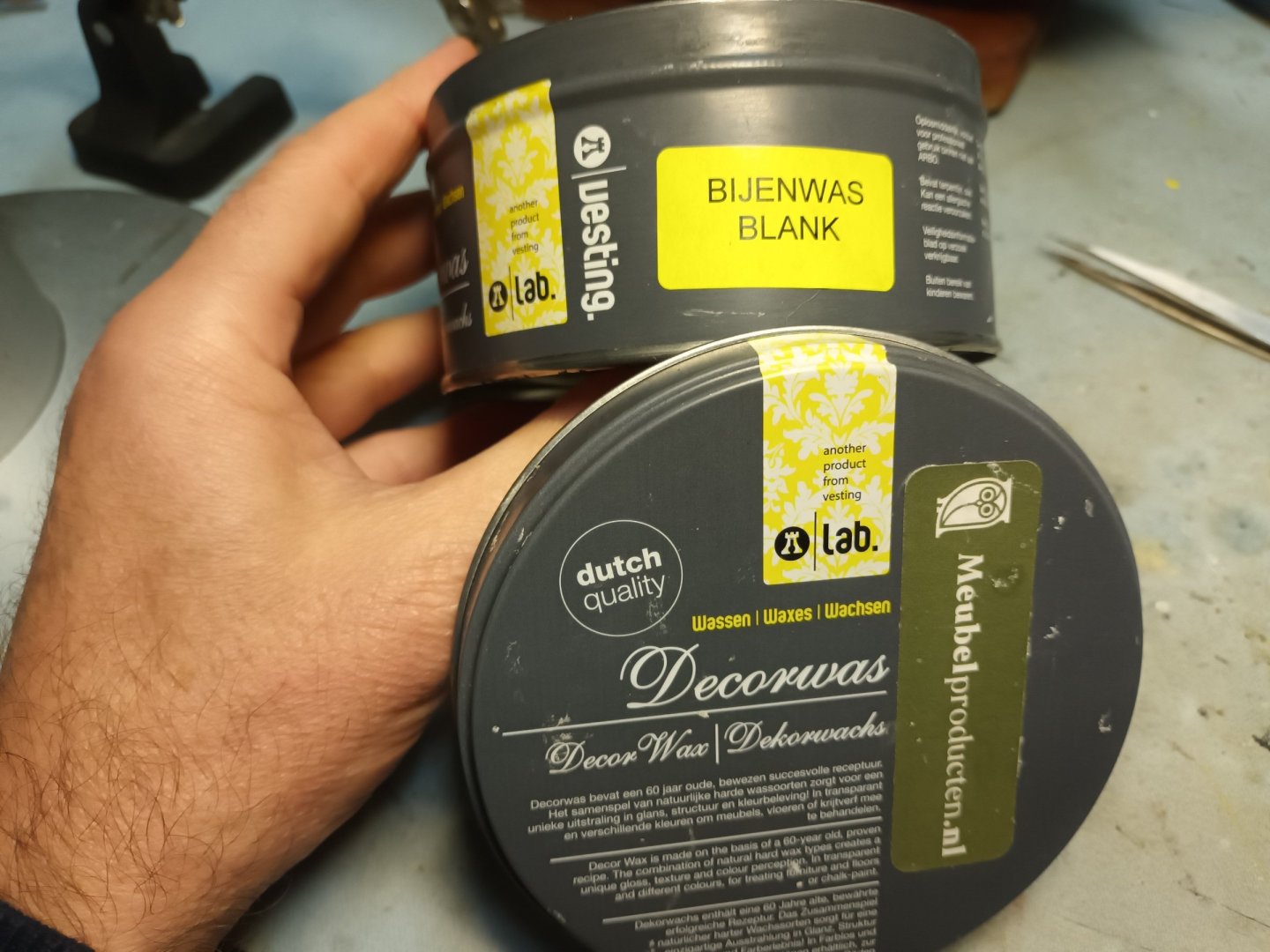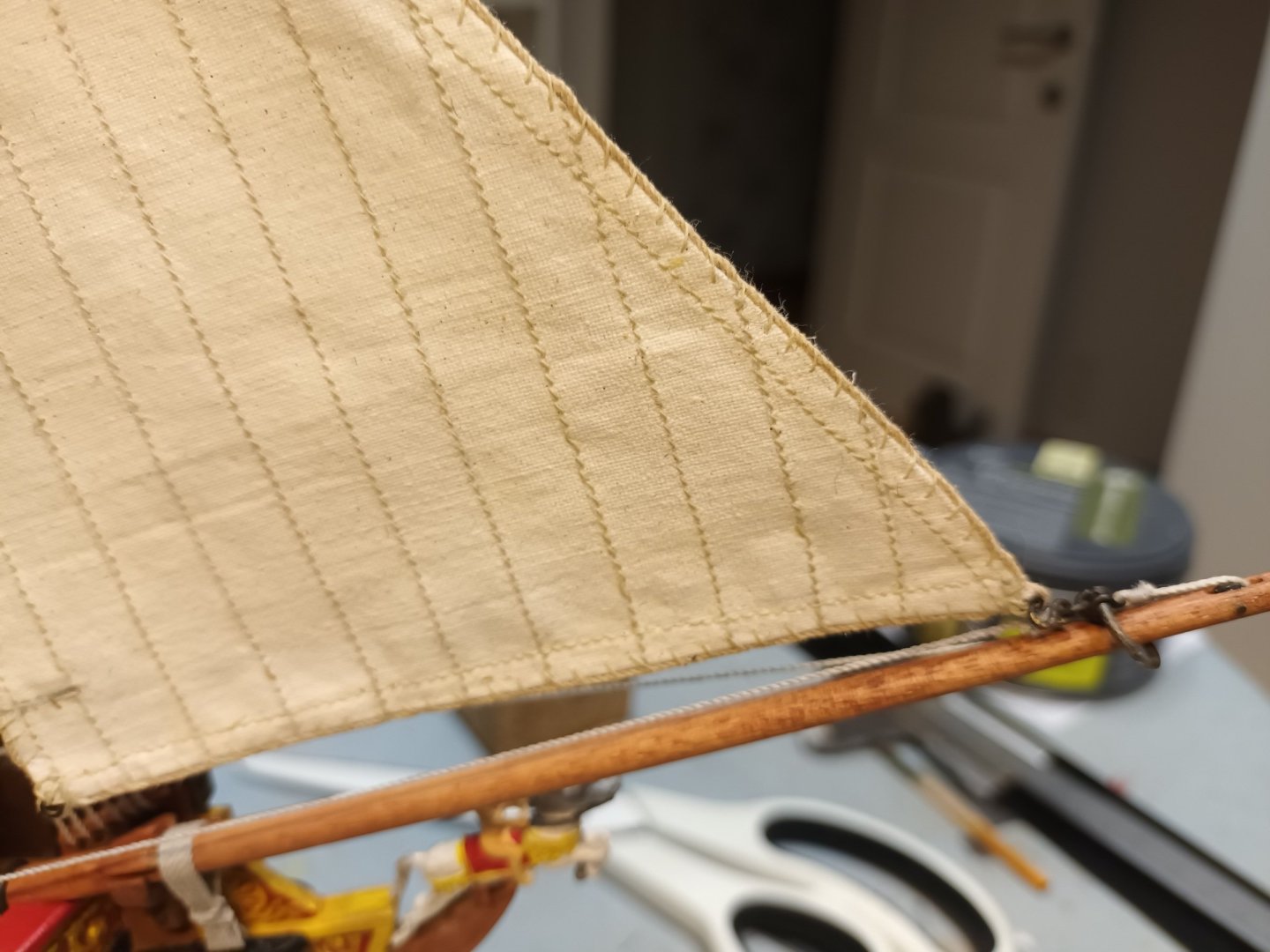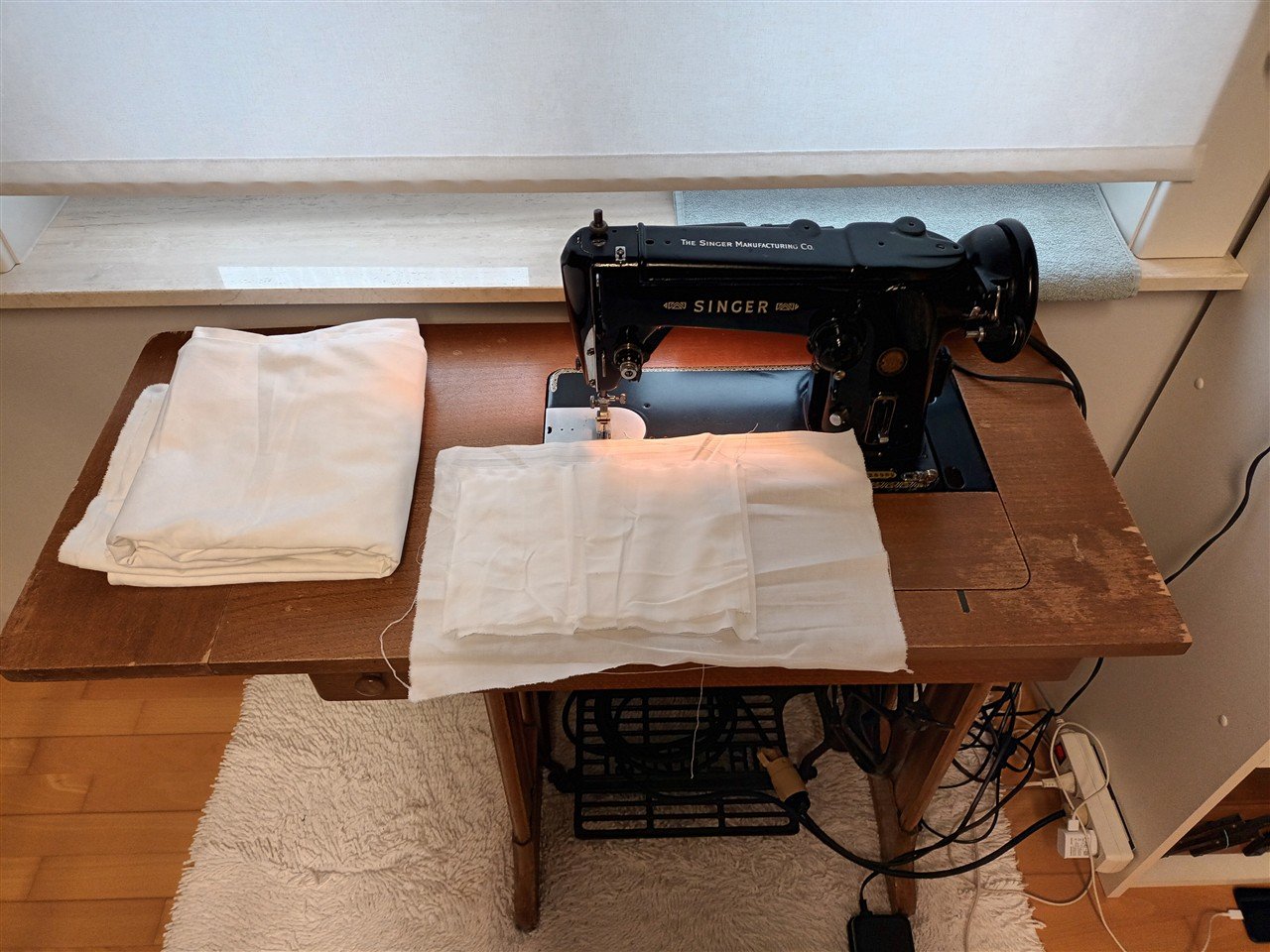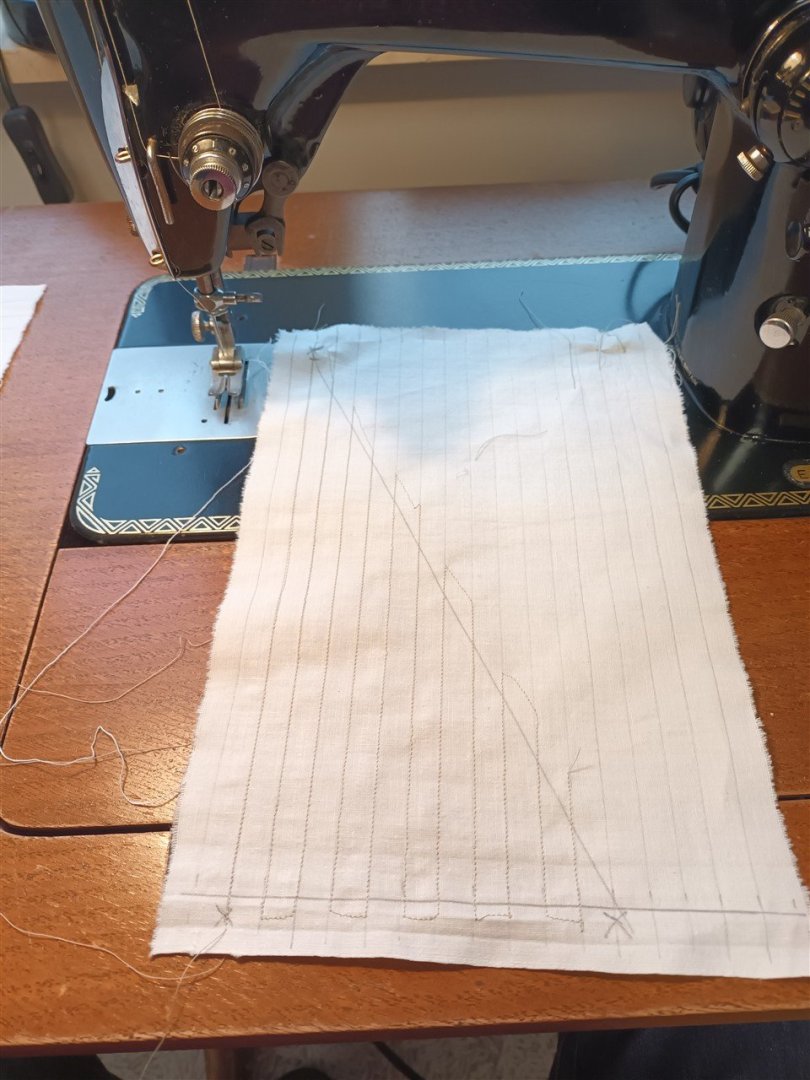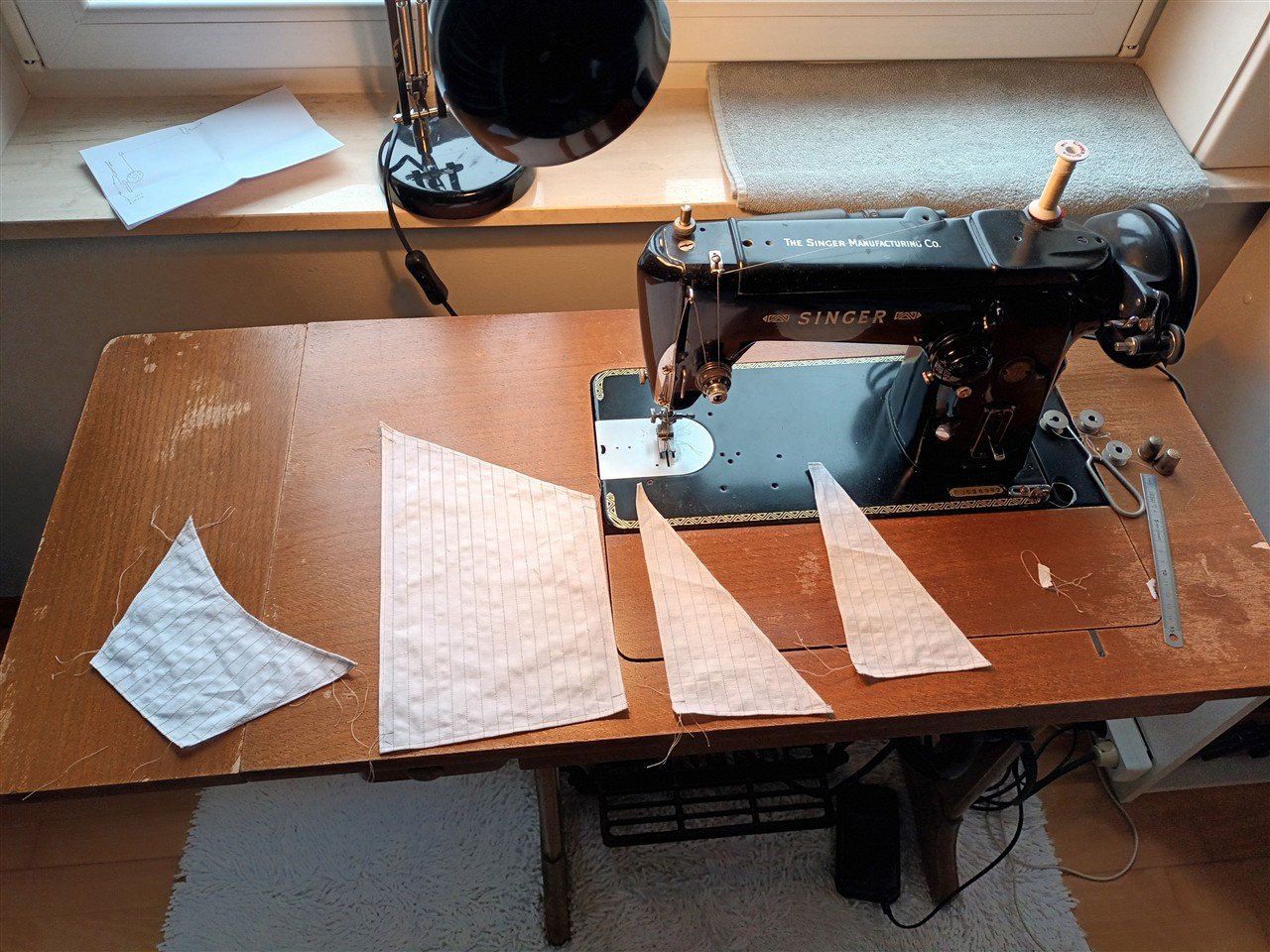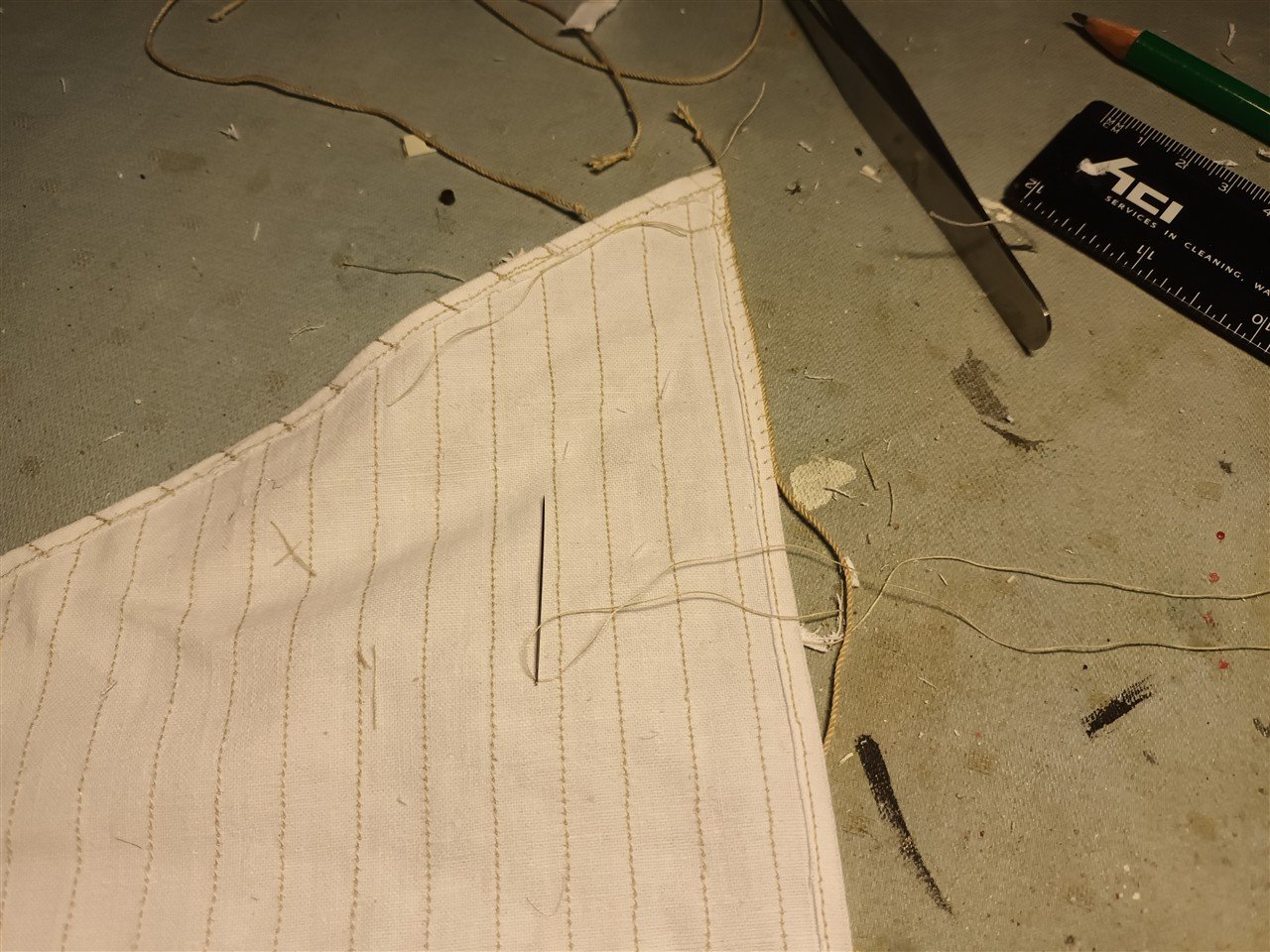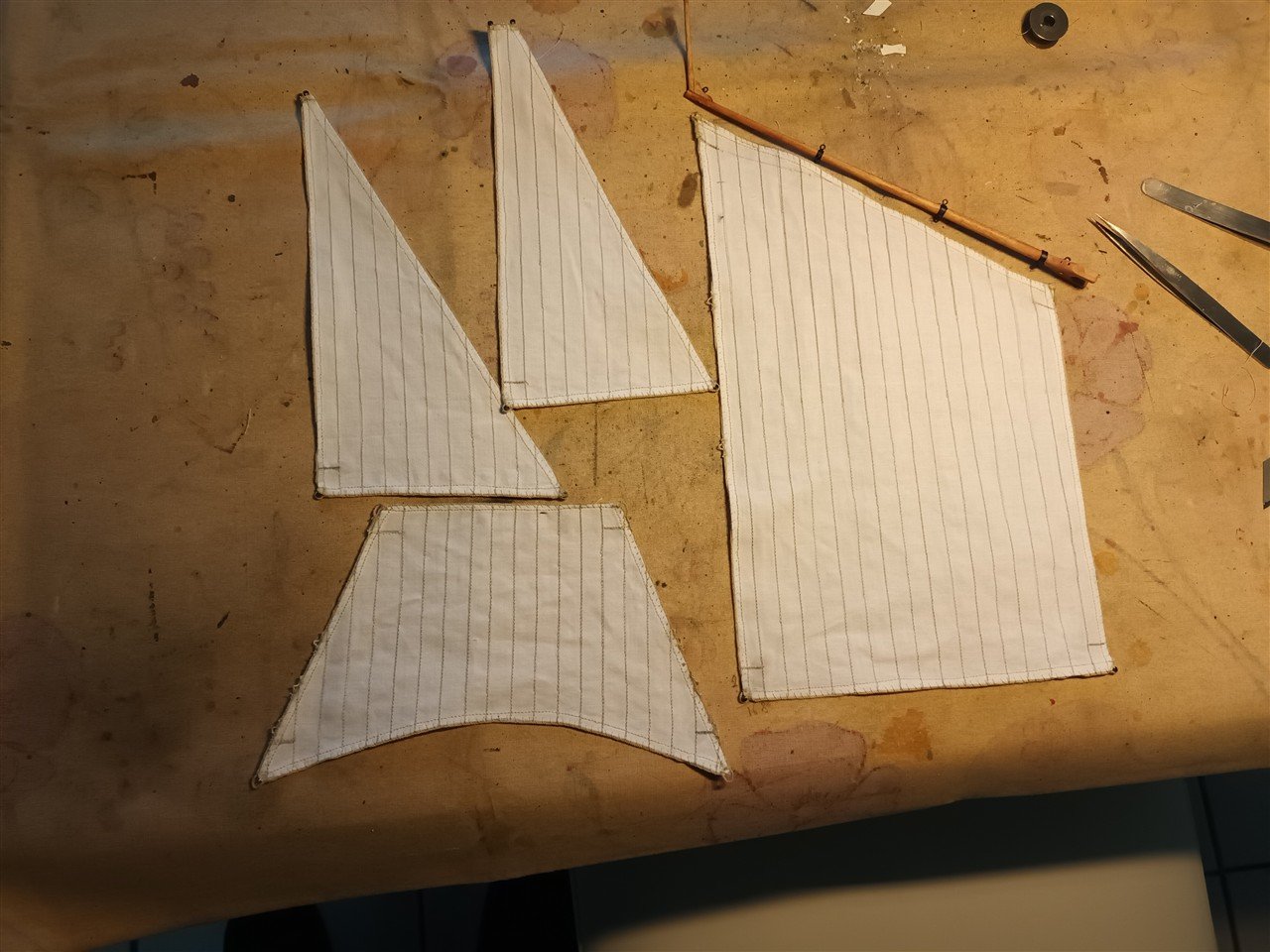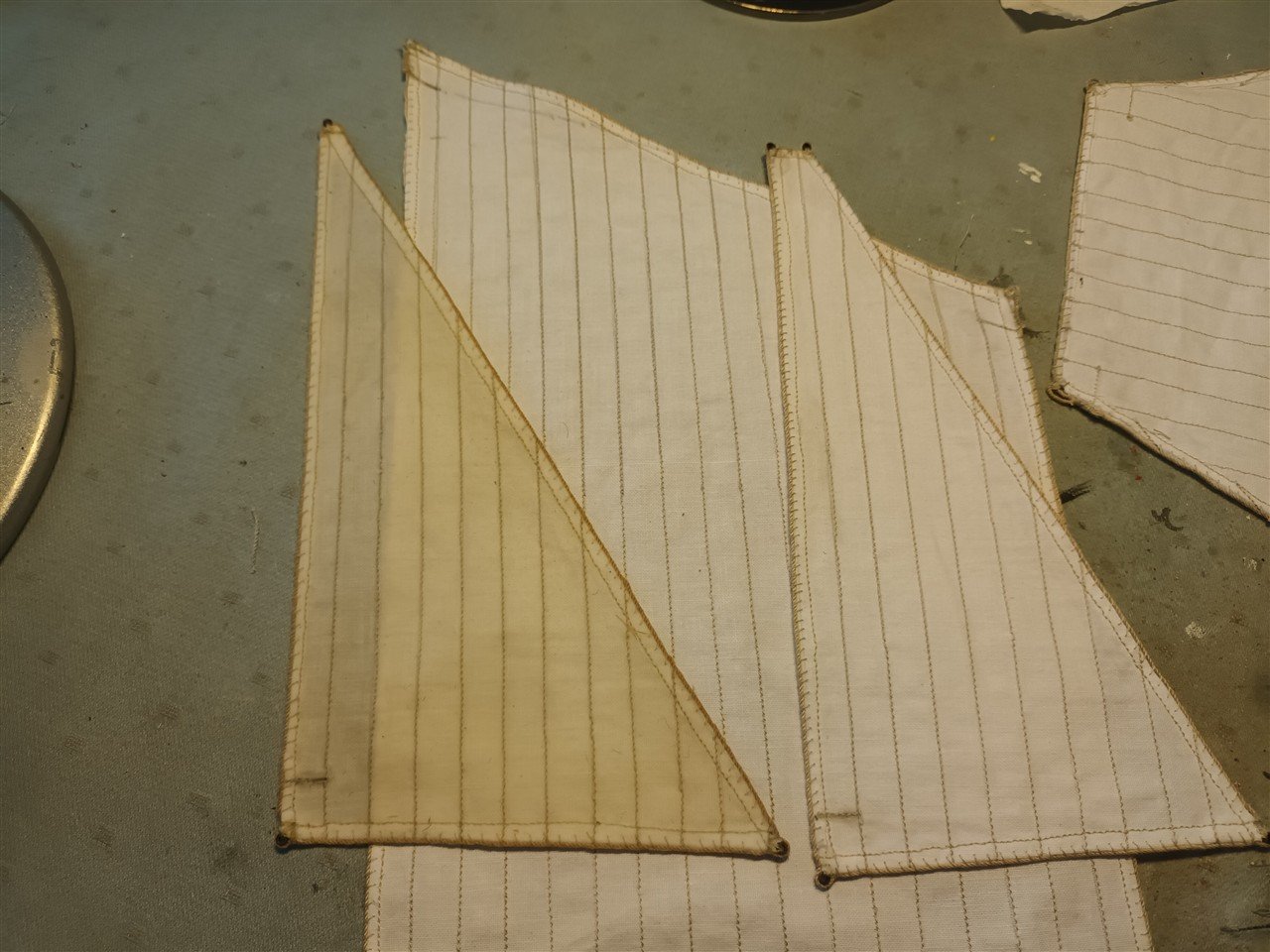-
Posts
4,244 -
Joined
-
Last visited
Content Type
Profiles
Forums
Gallery
Events
Everything posted by Baker
-
Further rigging The "flying topsail" with the yards Rigging in progress Self-printed flags on tissue paper rigging current statues Thanks for following, and happy holidays to everyone
- 72 replies
-
- Corel
- Große Jacht
-
(and 1 more)
Tagged with:
-
Very realistic As always, great work.
- 321 replies
-
- Sovereign of the Seas
- Airfix
-
(and 1 more)
Tagged with:
-
Great model And
-
Running rigging an sails. The Corel rigging diagram isn't complete. That's why I'm using this drawing, along with examples of old yachts from this period. rigging accessories made from old needles The "traveller" on the bowsprit Attaching sail and blocks to the gaff Hoisting sails, work in progress Rope coils to be continued
- 72 replies
-
- Corel
- Große Jacht
-
(and 1 more)
Tagged with:
-
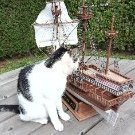
Golden Hind by Rock_From_Korea - 1:48
Baker replied to Rock_From_Korea's topic in - Build logs for subjects built 1501 - 1750
Great update -
-
- 72 replies
-
- Corel
- Große Jacht
-
(and 1 more)
Tagged with:
-
Sewing sails From workbench To sewing table. With the 70-year-old Singer machine. And yes, this cotton makes sails too thick. But stitching and sewing are one of my favorites. Stitching. Sewing thread around the sails. Stitching and sewing is ready Treating with beeswax instantly changes the color and makes the sails less fluffy. Next step: running rigging and hoisting the sails
- 72 replies
-
- Corel
- Große Jacht
-
(and 1 more)
Tagged with:
-
Welcome back
-
The standing rigging is ready and the 2 leeboards are rigged. The yard for the main sail is under construction Current status
- 72 replies
-
- Corel
- Große Jacht
-
(and 1 more)
Tagged with:
-
Congratulations, your first model is ready. Nice work.
- 75 replies
-

Golden Hind by Rock_From_Korea - 1:48
Baker replied to Rock_From_Korea's topic in - Build logs for subjects built 1501 - 1750
Standing rigging starts on page 19. Running rigging starts somewhere on page 22. Link to buildlog Pelican in my signature.
About us
Modelshipworld - Advancing Ship Modeling through Research
SSL Secured
Your security is important for us so this Website is SSL-Secured
NRG Mailing Address
Nautical Research Guild
237 South Lincoln Street
Westmont IL, 60559-1917
Model Ship World ® and the MSW logo are Registered Trademarks, and belong to the Nautical Research Guild (United States Patent and Trademark Office: No. 6,929,264 & No. 6,929,274, registered Dec. 20, 2022)
Helpful Links
About the NRG
If you enjoy building ship models that are historically accurate as well as beautiful, then The Nautical Research Guild (NRG) is just right for you.
The Guild is a non-profit educational organization whose mission is to “Advance Ship Modeling Through Research”. We provide support to our members in their efforts to raise the quality of their model ships.
The Nautical Research Guild has published our world-renowned quarterly magazine, The Nautical Research Journal, since 1955. The pages of the Journal are full of articles by accomplished ship modelers who show you how they create those exquisite details on their models, and by maritime historians who show you the correct details to build. The Journal is available in both print and digital editions. Go to the NRG web site (www.thenrg.org) to download a complimentary digital copy of the Journal. The NRG also publishes plan sets, books and compilations of back issues of the Journal and the former Ships in Scale and Model Ship Builder magazines.

